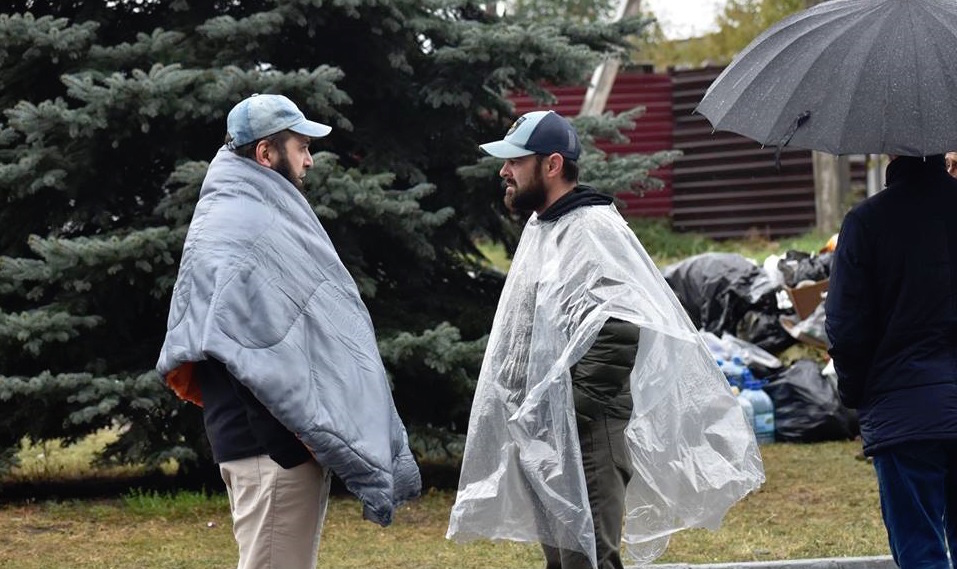Ingushetia protests spurred on by Chechnya border changes
Border changes in Chechnya has spurred mass protests in Ingushetia that has been ongoing for more than a week. JAMnews looked at what is happening and why, based on reports from the Caucasian Knot.
What is happening
The heads of two neighbouring Russian regions in the North Caucasus – Ingushetia and Chechnya – have signed an agreement on securing the border whereby certain territories will be exchanged. Unofficial sources from the Caucasian Knot estimate that approximately one thousand hectares of land was transferred to Ingushetia, while Chechnya received over 26,800 hectares of land.
However, protests broke out in Ingushetia after an announcement was made regarding the exchange. The protests were initially led by young people, but they were soon joined by community elders. The protesters are demanding that the border agreement be cancelled and that a referendum be held on the issue. They are also demanding the resignation of the head of Ingushetia, Yunus-Bek Yevkurov.
On 10 October the parliament of Ingushetia was supposed to vote on repealing the decision on the exchange of territories, but could not collect a quorum.
The Ingush Constitutional Court ruled that the issue should be resolved through a referendum.
Protesters remain on the square in Ingushetia’s capital, Magas.
A spokesman for President Putin said that Moscow will not interfere in the dispute, and that the issue should be resolved between the subjects of the federation.

The heart of the matter
The problem regarding the administrative border between Chechnya and Ingushetia first arose in 1991 when the Chechen-Ingush Autonomous Republic collapsed along with the Soviet Union.
The border was then consolidated through verbal agreements between the leaders of Chechnya and Ingushetia, though no formal agreements were made since then.
Both Ingush and Chechens historically lived on the territory that is now being transferred to Chechnya. They are closely related to the Vainakh peoples.
Read also: Ethnic clashes, arrests in Kabardino-Balkaria. What’s happening and why?
The issue of territories in Ingushetia is particularly sensitive considering the territorial dispute in neighboring North Ossetia.
The Prigorodny district which forms part of the Ingush territory, was transferred from Ingushetia to North Ossetia in 1944 during the Stalinist deportation of the Vainakh people.
The agreement on the exchange of territories caused indignation among the Ingush society, primarily because the decision was made without the public’s input.

Protest observations
Russian and foreign journalists working in Magas have made the following observations:
• The Ingush protest is peaceful. At one time shots were fired in the air, but since then there have been no clashes with the police.
• The protest is led by young people under the age of 40. Seniors are assigned an honorable, but not decisive role.
• The protest united the Ingush society. Even local policemen openly declare that they will not go against their own people, and pray together with the protesters.

What’s next?
Attempting to forcefully suppress the protest in Ingushetia will have dire consequences. Neither the local authorities nor Moscow will choose this option.
It is unlikely that the protest will end by itself due to these fundamental and painful reasons.
Ramzan Kadyrov, the head of Chechnya who initiated the border treaty, has taken a wait-and-see attitude.
The most reasonable option would be to hold a referendum, but this will be opposed by Moscow. No referendums have been held in Russia for over 20 years, and the Russian authorities will be reluctant to set a precedent by acting against the direct will of the population.
Protest actions similar to those in Ingushetia have also occurred in other North Caucasian republics where there is political unrest, such as Kabardino-Balkaria, Karachay-Cherkessia and North Ossetia.




















